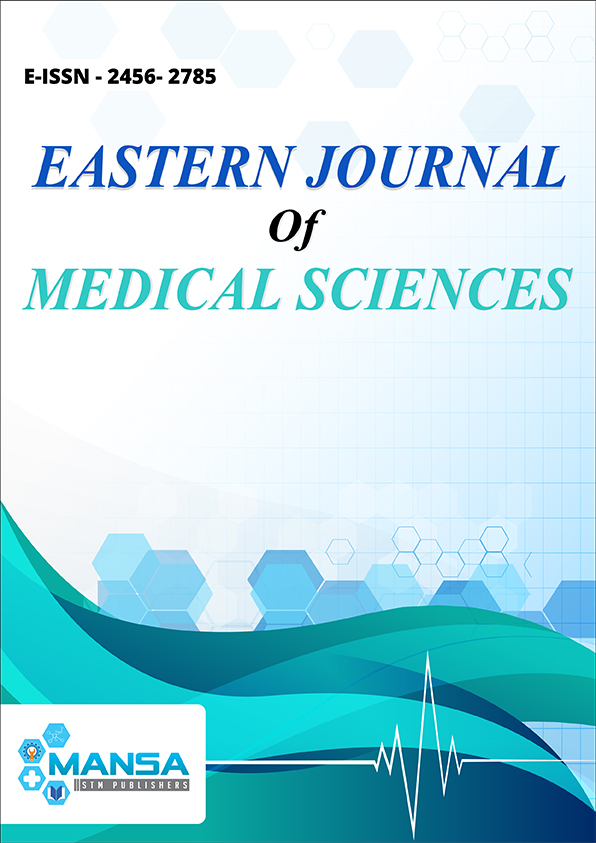Phenotypic Characterization of Escherichia Coli Isolated From Urine and Stool from Short Term and Long Term Catheterized Patients
Keywords:
Biofilm, Catheterization, Cell Surface Hydrophobicity, Haemagglutination, Serum Bactericidal AssayAbstract
Background: Uropathogenic strains of Escherichia coli possess a number of phenotypic characters which allow them to colonize the catheter and cause infection of the same and the chances of colonization by these micro-organisms increase with the duration of catheterization. Objectives: This study was carried out to understand the differences between the phenotypic characters between the strains of E.coli isolated from the urine and gut of short term catheterized (STC) and long term catheterized (LTC) patients. Materials and Methods: Urine from the catheter and stool sample was processed by standard methods. The following special tests like ?-hemolysis, haemagglutination, cell surface hydrophobicity, serum bactericidal assay, biofilm formation and congo red binding assay were performed to detect the phenotypic characters of the isolated E.coli. Antibiotic susceptibility testing was performed by Kirby Bauer method as per the Clinical Laboratory Standards Institute. Results: Majority (93.75%, 75% and 81.25%) of the E.coli isolates from urine of LTC patients were positive for MRHA, cell surface hydrophobicity and resistant to serum killing respectively, while majority (93.75%) of the urine isolates from short term catheterization. On congo red agar, the majority (80% and 60%) of isolates producing rdar type of colony and biofilm respectively,were isolated from urine of long term catheterized patients. ESBL production was noted in 68.75% of the urine isolates from long term catheterized patients. Conclusion: Serum resistance and biofilm formation are significant assays in terms of differentiating between the short term and long term catheterization and by elucidating these mechanisms better, it may become easier to combat and prevent such infections.

